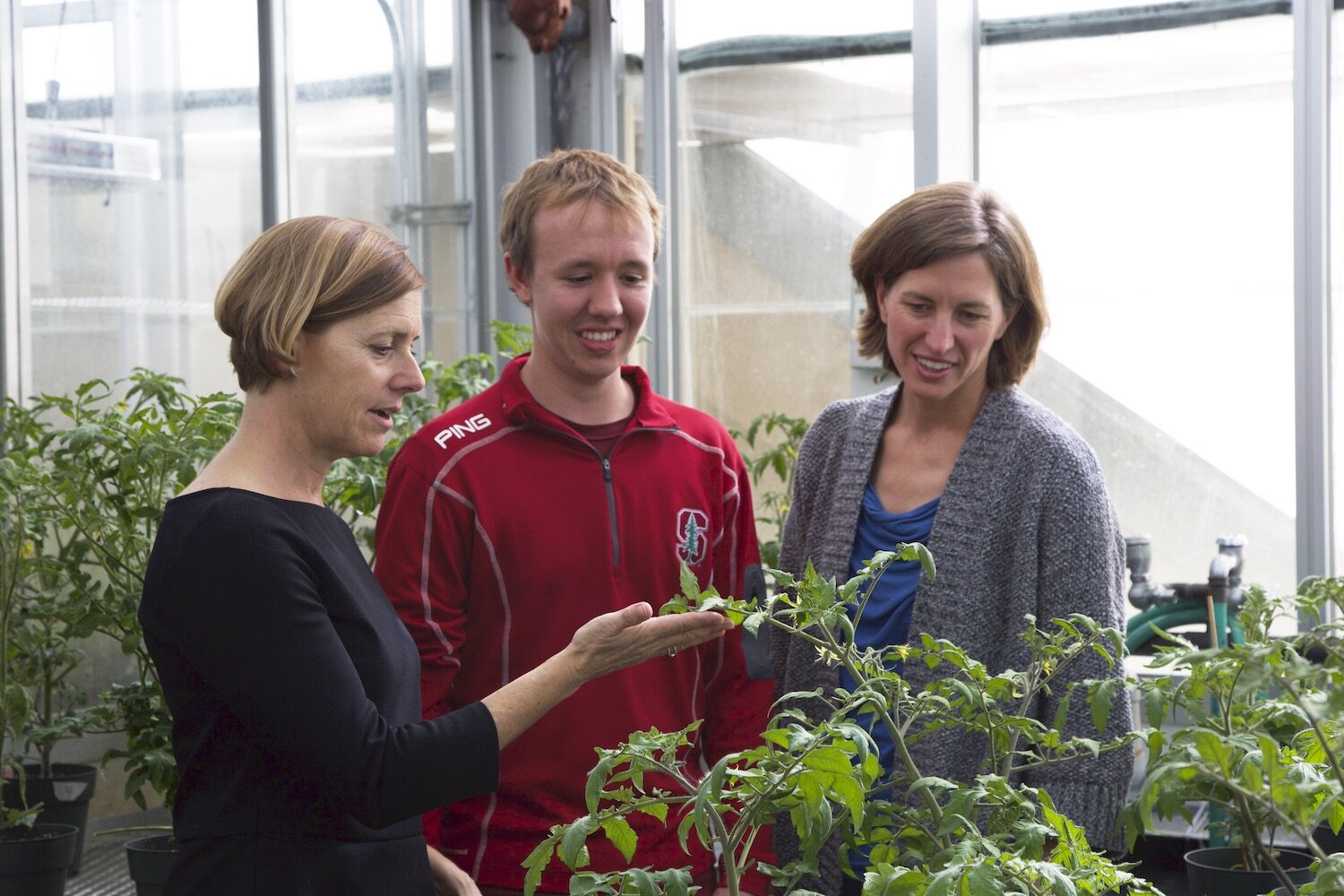Chemical vaccine helps plants repel pathogens
Date: 23.10.2019
When plants come under attack from invading bacteria, viruses or fungi, they mount a two-pronged response, producing both offensive chemicals to kill invaders and defensive chemicals to prevent infestations from spreading.
 Now, scientists at Stanford have used a type of chemical vaccine to switch on this plant defense system to prevent localized infections from becoming contagions, a possible first step toward helping harvests ward off infections.
Now, scientists at Stanford have used a type of chemical vaccine to switch on this plant defense system to prevent localized infections from becoming contagions, a possible first step toward helping harvests ward off infections.
In a report published Oct. 22 in Science Signaling, a team led by plant biologist Mary Beth Mudgett and chemical engineer Elizabeth Sattely describe how they saved tomato and pepper plants from bacterial speck, the common name for a bacterial infestation that can spread from leaf to leaf, turning leaves yellow and ultimately killing the plants.
They accomplished this by treating uninfected leaves with a newly discovered and naturally occurring chemical called N-hydroxy-pipecolic acid, referred to as NHP. This chemical agent, in turn, triggered a series of chemical responses that made uninfected leaves less hospitable to pathogens seeking to invade.
"It was only last year that our team and another group discovered how NHP flipped on this defensive system in plants in the lab," said Mudgett, who is a professor of biology. "This time we made NHP and showed that we could use it as an inoculant to switch on this defense mechanism in crop plants, as well."























